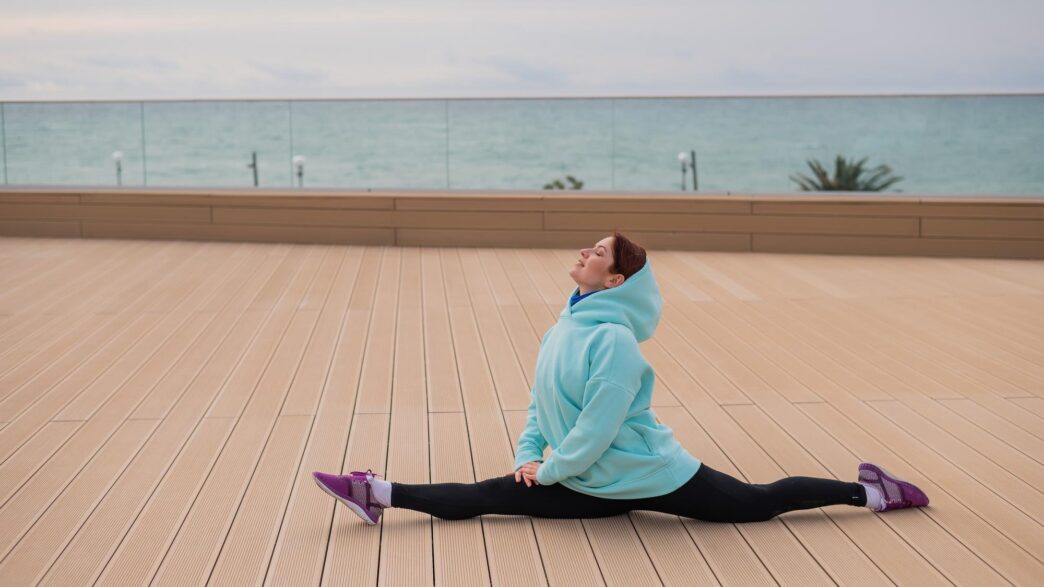A Quick Takeaway
The Story Behind the Trend
How to Make It Work for You
The Community View
To truly unlock peak physical performance and ensure sustainable progress, understanding and implementing effective recovery strategies is as crucial as the training itself. Recovery, the process by which your body repairs and rebuilds after physical exertion, comes in two primary forms: active and passive. Both play distinct yet vital roles in optimizing muscle repair, reducing soreness, replenishing energy stores, and preventing injury, ultimately allowing you to bounce back stronger and ready for your next challenge, regardless of your fitness level or specific goals.
Understanding Recovery: Why It Matters
Recovery is not merely a break from exercise; it is an integral part of the training cycle, facilitating physiological adaptations that lead to improved fitness. When you push your body, muscle fibers experience micro-tears, energy reserves like glycogen are depleted, and metabolic byproducts accumulate. Effective recovery addresses these stressors, allowing your body to repair tissues, synthesize new proteins, and restore homeostasis.
Neglecting recovery can lead to diminishing returns, increased risk of injury, chronic fatigue, and even overtraining syndrome. Prioritizing strategic rest ensures that your body has the necessary time and resources to adapt to the demands placed upon it, translating into enhanced strength, endurance, and overall well-being.
Passive Recovery: The Foundation of Rest
What It Is
Passive recovery involves complete or near-complete cessation of physical activity. It is characterized by periods of rest where the body expends minimal energy, allowing its resources to be directed entirely towards repair and regeneration. This strategy emphasizes true downtime, free from physical exertion.
When to Use It
Passive recovery is paramount after exceptionally intense, high-impact, or long-duration workouts that leave your body significantly fatigued. It is also crucial during periods of acute muscle soreness, injury, or when you feel physically drained. Adequate passive recovery, particularly quality sleep, is the cornerstone of any effective recovery protocol.
Benefits
The primary benefit of passive recovery is maximal energy conservation, which is essential for deep cellular repair and regeneration. During sleep, for instance, the body releases growth hormone, critical for muscle tissue repair and growth. This form of recovery allows for optimal replenishment of glycogen stores and provides the necessary environment for the immune system to function effectively, reducing inflammation without adding further stress.
Considerations
While essential, prolonged passive recovery without any movement can sometimes lead to muscle stiffness and reduced blood flow. For some individuals, complete inactivity might also make them feel sluggish. It is a powerful tool, but its application should be balanced within a broader recovery plan.
Active Recovery: Strategic Movement for Better Performance
What It Is
Active recovery involves engaging in low-intensity exercise after a more strenuous workout or on designated rest days. The key is to keep the intensity significantly lower than your typical training, focusing on gentle movement rather than exertion. The goal is to promote blood flow without inducing further physiological stress.
When to Use It
Active recovery is excellent for cool-downs immediately following an intense session, helping to flush out metabolic byproducts. It is also highly beneficial on “rest days” between demanding workouts, particularly for alleviating delayed onset muscle soreness (DOMS). Activities like light cycling, walking, swimming, yoga, or foam rolling are perfect examples.
Benefits
Active recovery significantly increases blood flow to muscles, which in turn aids in the delivery of oxygen and nutrients while simultaneously facilitating the removal of metabolic waste products like lactic acid. This increased circulation can help reduce muscle stiffness and soreness, accelerate the repair process, and improve flexibility and range of motion. Psychologically, it can also help maintain consistency and a sense of productivity without overtaxing the body.
Considerations
The intensity of active recovery is paramount; if it’s too high, it ceases to be recovery and becomes another workout, potentially hindering rather than helping. It is not suitable for severe fatigue, acute injuries, or when the body genuinely needs complete rest. Listening to your body’s signals is crucial to ensure the activity remains truly low-impact.
Choosing Your Recovery Strategy: A Personalized Approach
Factors to Consider
The optimal recovery strategy is highly individualized and depends on several factors. Consider the intensity and duration of your workout; a high-volume leg day might warrant more passive rest, while a moderate run could benefit from an active cool-down. Your current fitness level and training goals also play a role, as does the type of exercise you performed. Ultimately, personal preference and how your body responds to different recovery methods should guide your choices.
Integrating Both
For most individuals and athletes, a combined approach yields the best results. An active cool-down immediately after a workout can transition into a period of passive recovery, particularly prioritizing quality sleep. Subsequent days might then incorporate light active recovery to maintain blood flow and mobility, supporting the ongoing repair process. This synergistic approach maximizes the benefits of both strategies.
Practical Tips for Enhanced Recovery
Beyond active and passive recovery, several lifestyle factors amplify your body’s ability to bounce back. Prioritizing high-quality sleep is non-negotiable, as this is when the most significant repair and growth occur. Ensure adequate hydration throughout the day and focus on a nutrient-dense diet rich in lean proteins for muscle repair, complex carbohydrates for glycogen replenishment, and healthy fats for overall cellular function. Incorporating regular stretching and mobility work can also enhance flexibility and reduce stiffness, further supporting your recovery journey.







